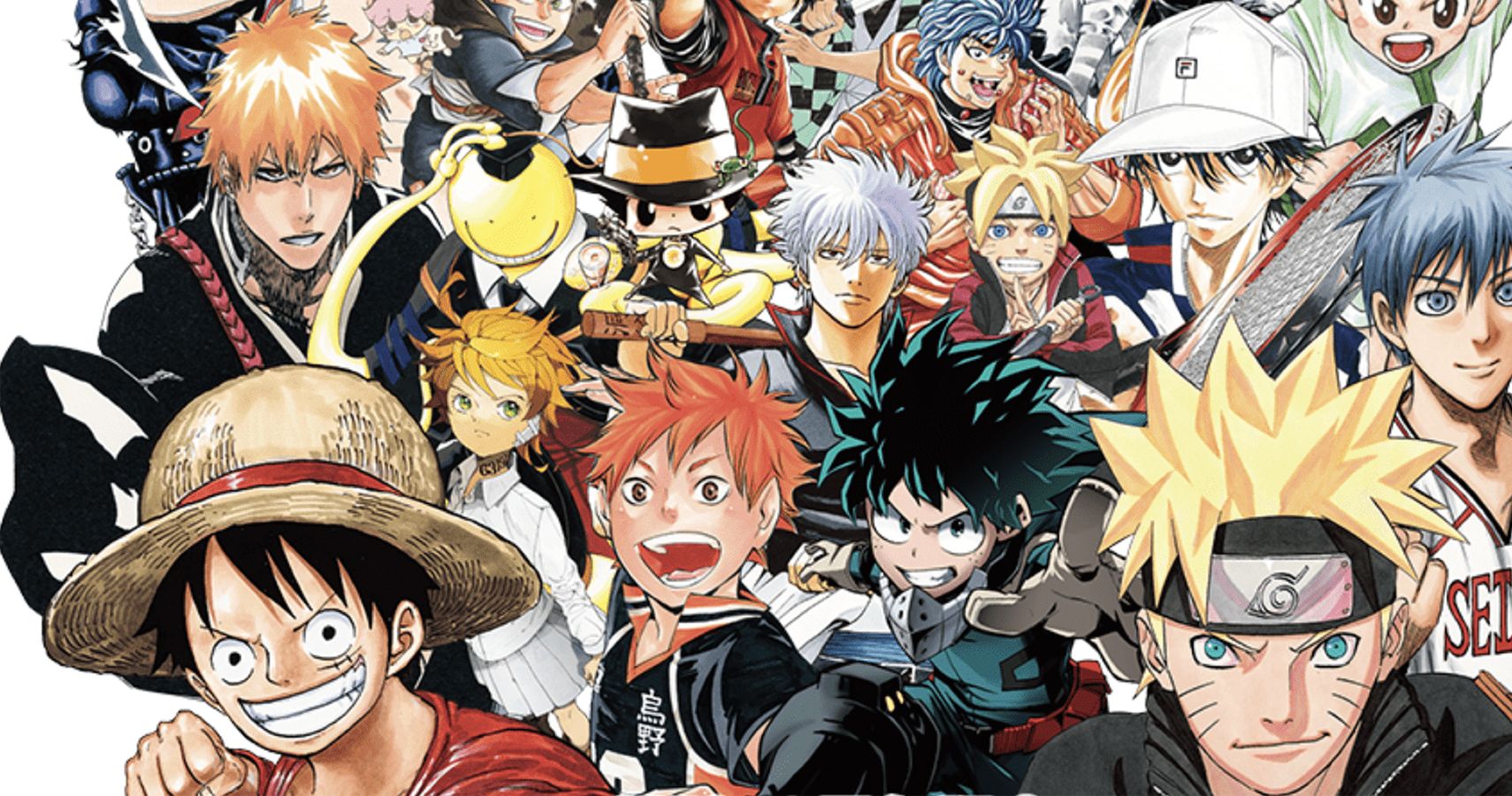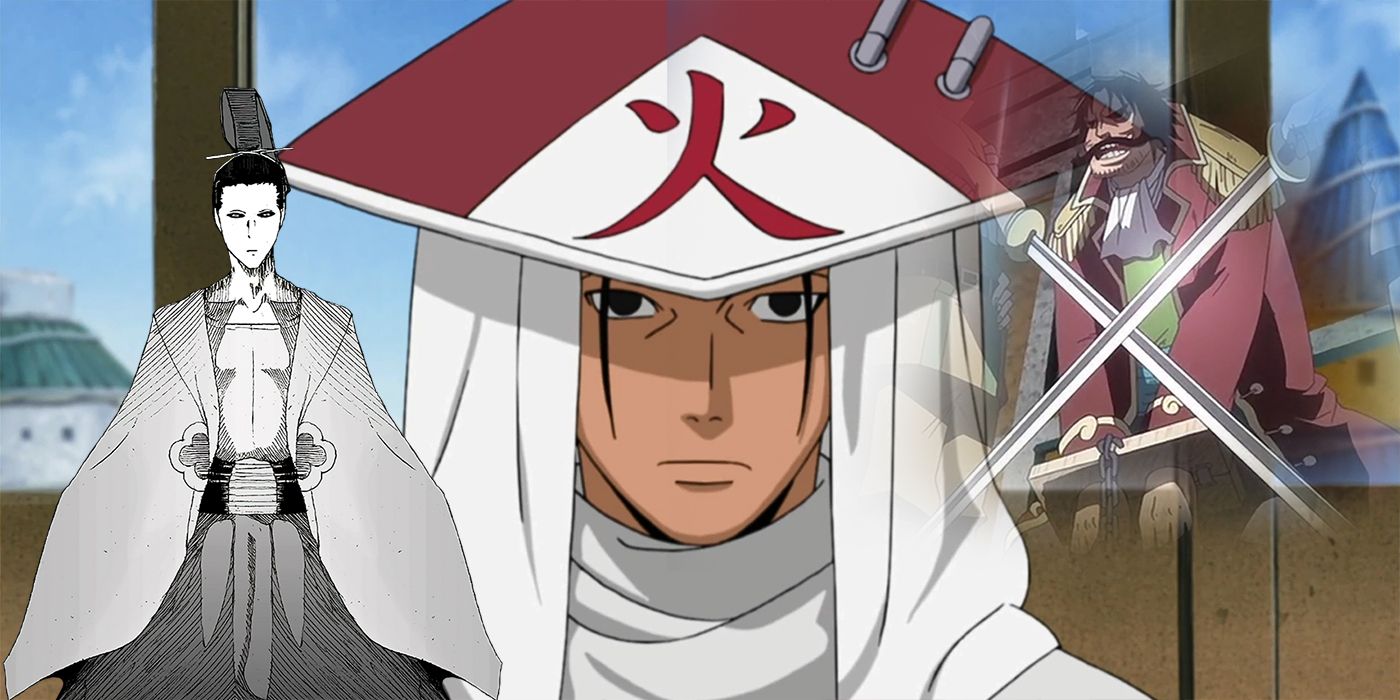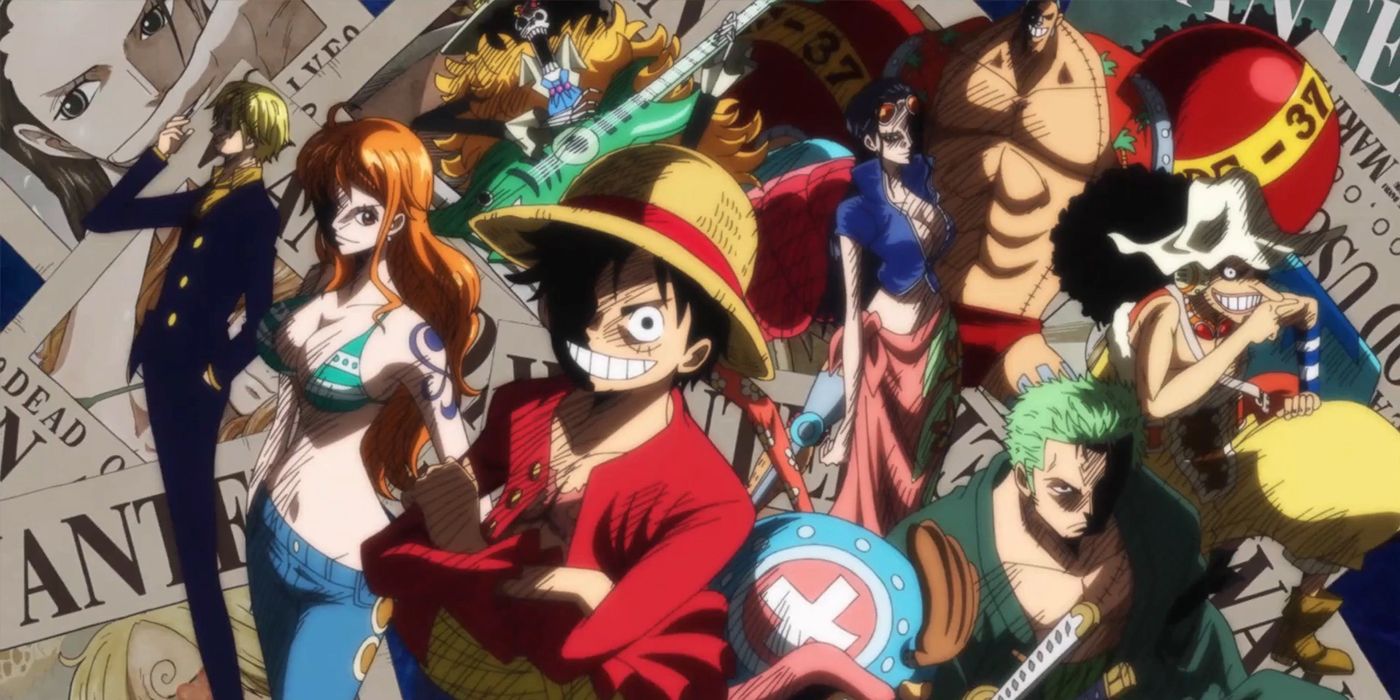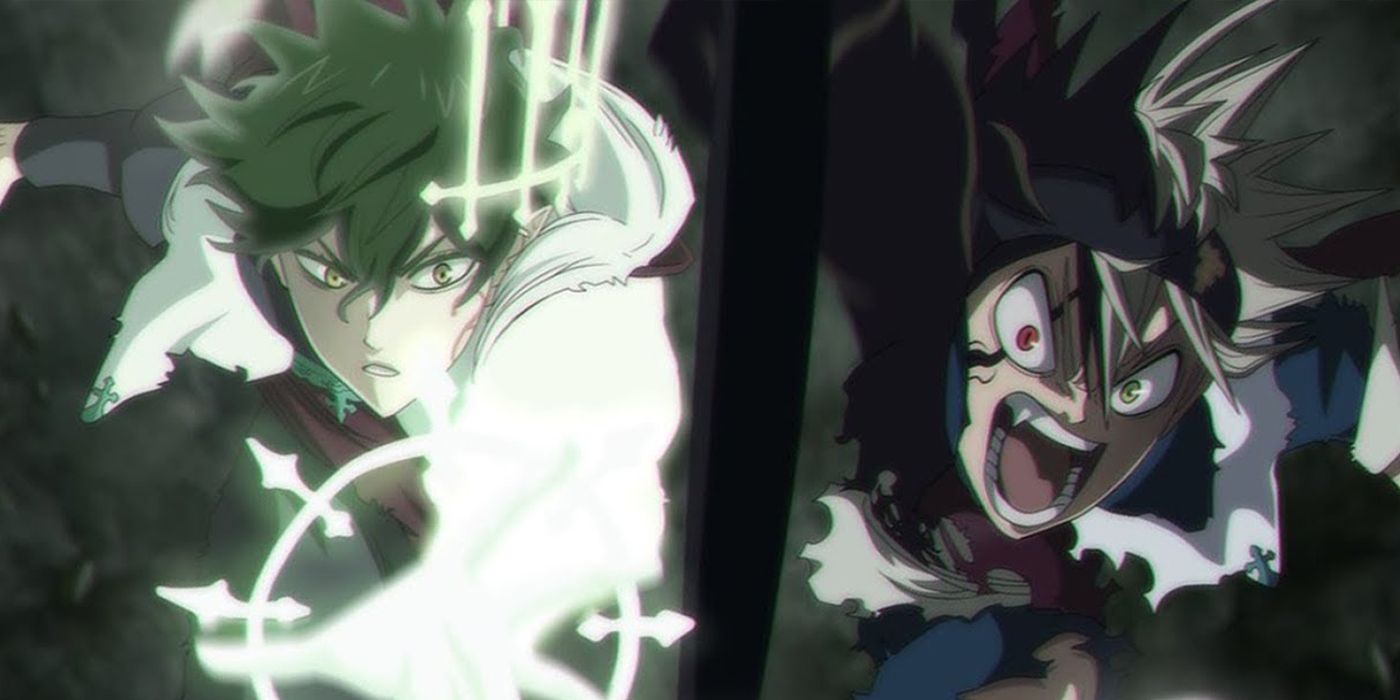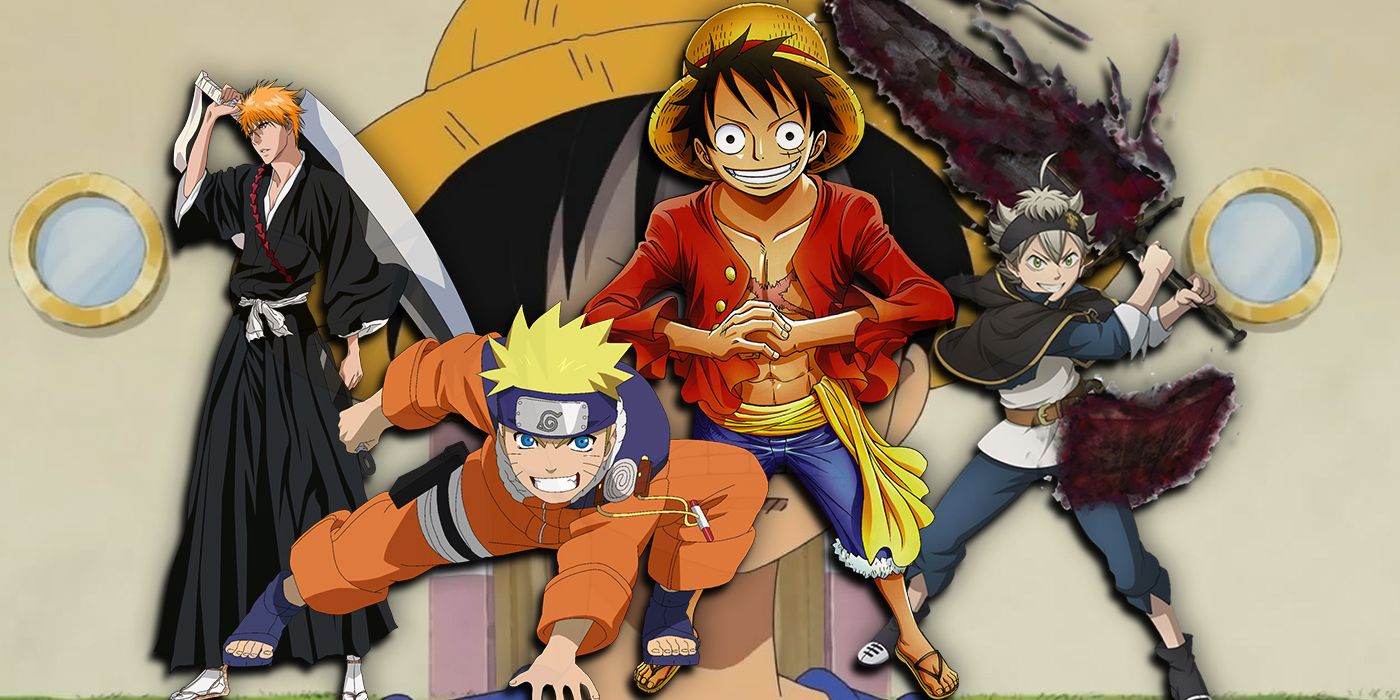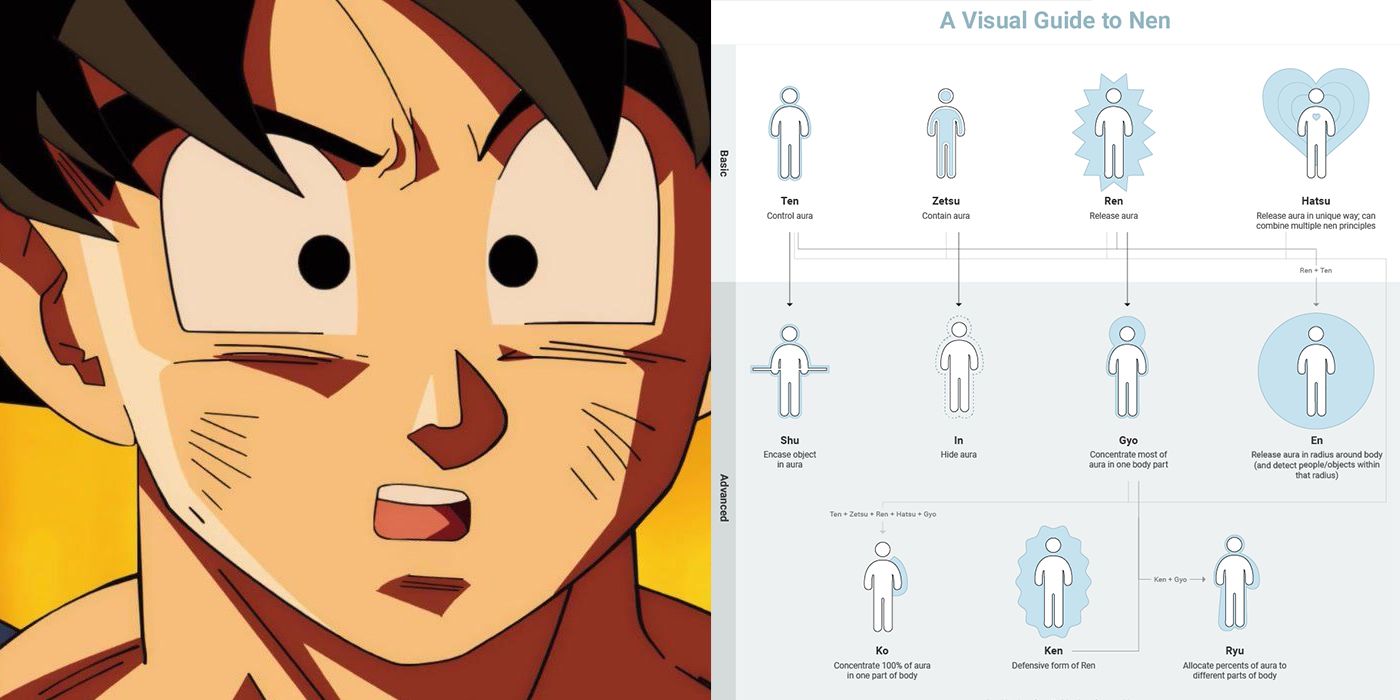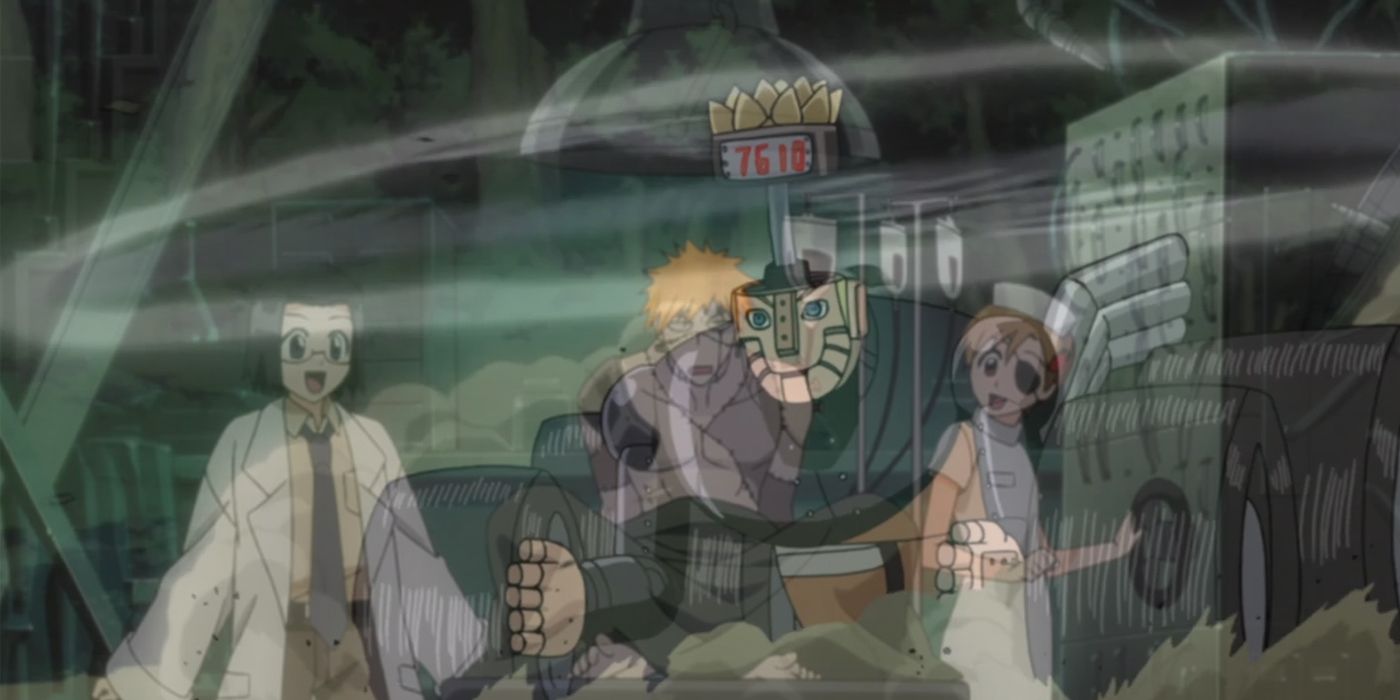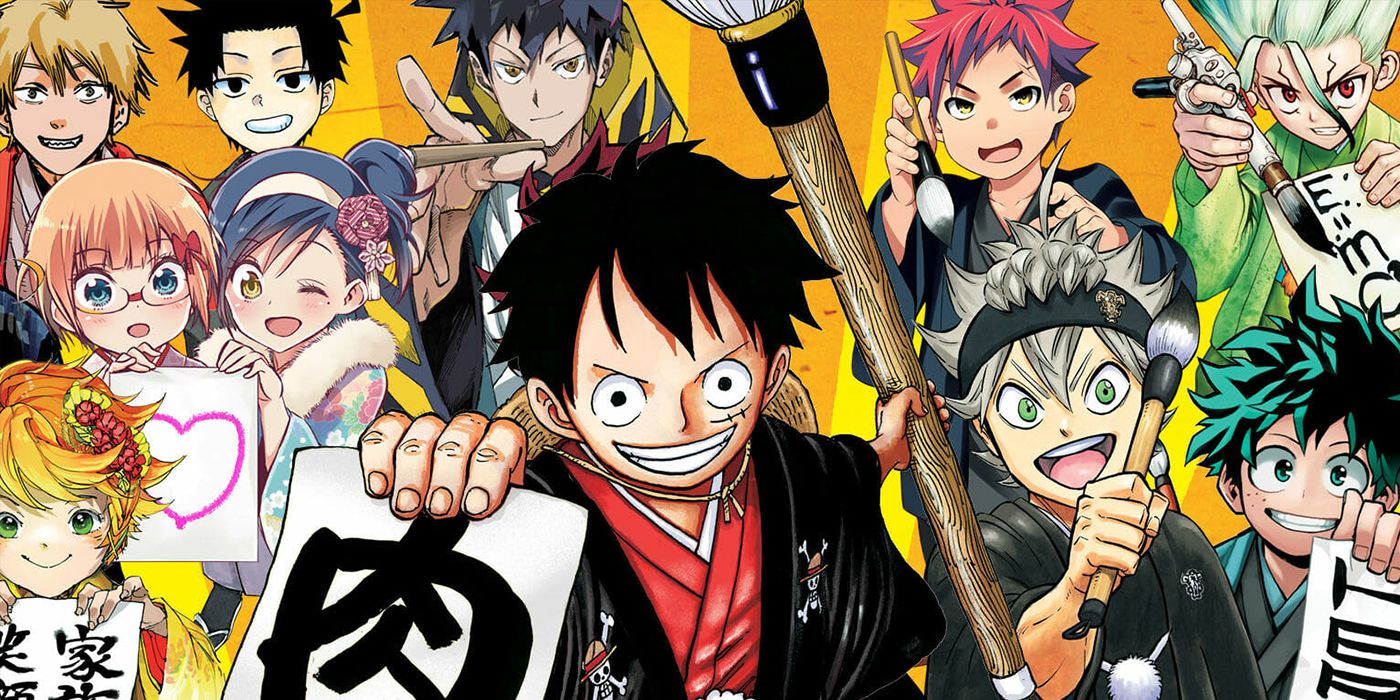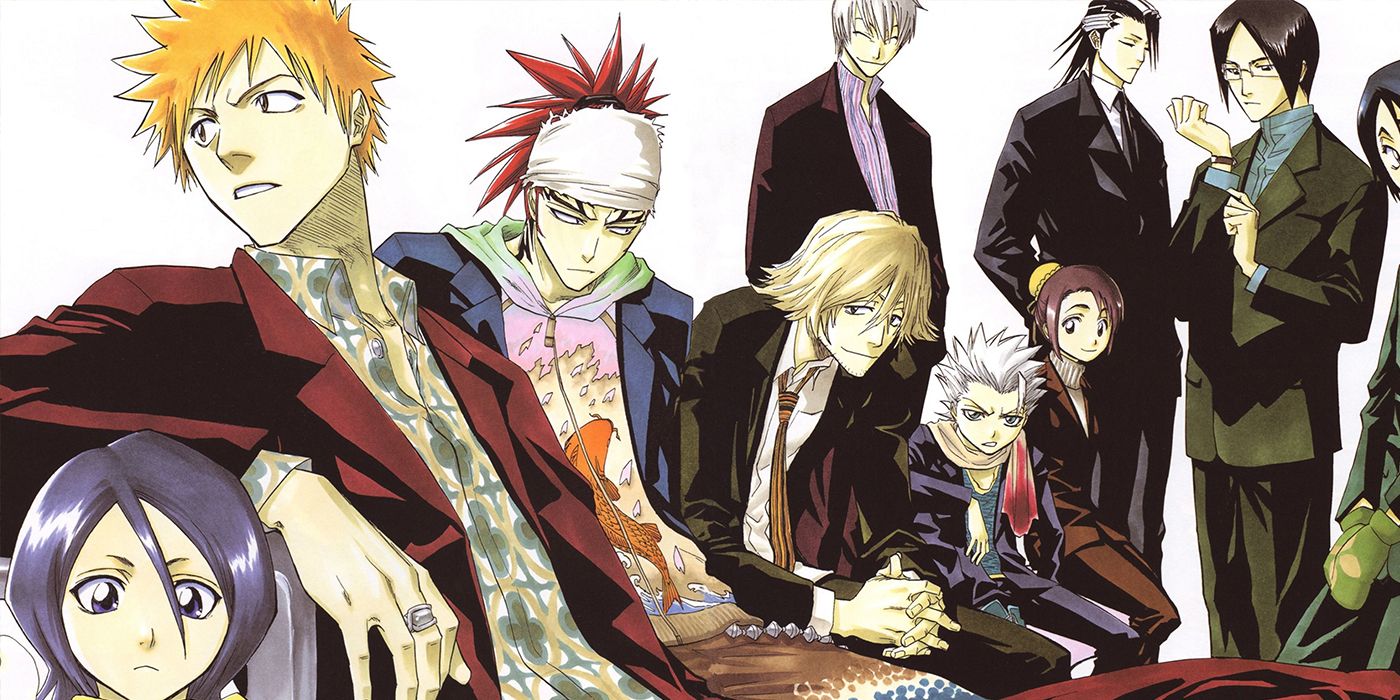The Big Three are the top three selling Shonen Jump series for a prolonged period of time. There have been others, but the most well-known example is the period of time where One Piece, Bleach, and Naruto were all on top. While all three of these series diverged pretty drastically in their methods, storytelling, and overall conclusions (or lack thereof with One Piece), they also all sold amazingly well. Why though? What made them so popular, and how did the change the genre moving forward?
10 They Made "Roles" The Center Of Most Shonen
One aspect of the Big Three that was and is still integral to the Shonen genre is the idea of a "role". This role is what the whole concept is built upon, and there is always a penultimate version of it that our MC is trying to reach. In the Big Three, it was Ninja's aiming to be Hokage, Soul Reapers admire their Soul King, and some Pirates aim to become the Pirate King. The proof in the pudding is how easily we can find examples in popular franchises today. MHA has Heroes, Black Clover has Magic Knights, and even Demon Slayers in Kimetsu No Yaiba. It's a concept that works well, so why not utilize it?
9 Their Popularity Pushed Some To Imitate And Others To Innovate
While the Big Three didn't invent the idea of a "role" in a shonen setting, their success did cause it to become standard in just about every story afterward. People realized that they could write about any setting in any way as long as they through a couple of Shonen standards in there. A Penultimate goal for the MC, power of friendship, tournament arc and all that. It allowed writers to experiment while also sticking to a guideline of sorts. It sounds odd to say that people experimented while also not trying anything new, but this is how we get shows that both act as a fantastic story and a deconstruction of the genre they represent.
8 They Reinforced The Importance Of A Good Rival
Rivalry has always been a strong device to use in any form of media. Red vs Blue in Pokemon, Iron Man and Captain America in the MCU, and of course Goku and Vegeta from Dragon Ball Z. There's just something about watching two people grow closer through competition. Shonen series don't necessarily need a rival story, but the Big Three did cause authors to realize just how much it adds to a franchise. Say what you want about Sasuke but the fights between him and Naruto are some of the best in all of Shippuden.
Nowadays we have pairs like Asta and Yuno, Bakugo and Deku, and Gon with Killua that push the idea of "rivalry" even further.
7 They Cemented The "Airhead" Standard For Shonen MC's
One aspect of Shonen that the Big Three showed us is how easy it is to sell well with an MC who is airheaded and stubborn. Ichigo was probably the most level-headed of the three, but his series also sold the least out. Luffy, Naruto, and of course Goku are the flagship examples of why we have hundreds of airheaded MC's in Shonen. Nowadays we've gotten far enough away from the Big Three that people are starting to experiment again with more unique twists on the standard MC formula with Tanjiro, Deku, or even Senku.
6 They Influenced Others To Rethink Their Power Systems
When it comes to the Shonen genre, Dragon Ball Z is always an example at the front of most people's minds. It shaped the genre as a whole! But, where DBZ has always fallen flat is with its Power System. Ki and power levels just aren't well-utilized in-canon. But, the Big Three changed that. Chakra, Devil Fruits, and Bankai were all big steps up from the power systems in anime previously.
And, since then, new Shonen series have gone to pretty absurd lengths to make some truly deep and complex power systems. Hunter X Hunter again is a fantastic example, but Fullmetal Alchemist and My Hero Academia both do fantastic jobs as well.
5 They Were A Summit To Climb Towards
It seems a bit redundant to say that the Big Three changed the Shonen genre by being The Big Three, but it's the truth. Once there was this obvious podium for the best of the best, mangaka started adapting their works to reach it. Whether it was trying to copy ideas and concepts from the Big Three or trying to make something completely original that would complement them. Nowadays, however, the Big Three is sort of a concept of the past. They changed the industry, and it remains changed, Shonen Jump is pushing their Shonen series in all-new ways and aren't just relying on their top three anymore.
4 They Kept Going And Going And Others Followed
Shonen series have always sold well, and it makes sense as to why. For a long period of time, younger boys were the biggest audience reading manga, and they still most likely are. So, anyone who did read manga was almost assuredly reading Shonen Jump. And the Big Three pushed forward the idea that even if the story starts to fall apart (like with Bleach), it'll still sell well, so keep it going. As long as the characters feel like their growing and getting stronger, people will read/watch a series for as long as it takes. One Piece is the perfect example of this, but even Boruto showcases just how immortal they'll make a franchise that brings in readers.
3 They Displayed How Badly Filler Can Be Done
Shonen series don't really have filler anymore. At least, nothing as bad as the olden days of Naruto or Bleach. One Piece as a setting is technically all-filler, so it doesn't quite count, but the other two really padded out their anime adaptations in ways people had a lot of issues with. Luckily, it seems like the new generation didn't follow their lead.
New series tend to stray away from straight-up filler however they can. And, if they do have it, they make sure it changes the character in some small way whether physically or mentally so that fans don't feel like they wasted their time. No more anime adaptations that are a staggering 41% filler (looking at you Naruto).
2 They Made Publishers and Mangaka Realize That Their Audience Is Intelligent
The Big Three all had similar light-hearted beginnings, story-wise. Sure, death was a pretty integral aspect, but they kept the more adult concepts of love, war, and even geopolitical conflicts out of their stories. Shonen series were supposed to be for a younger crowd after all, can't introduce complicated concepts and scare them away, right? Wrong. They all slowly learned over time that people like a bit of everything in their series because just like real life, it's a real mixed bag. Naruto started talking about the politics going on in the Shinobi World more, One Piece suddenly dealt with ideas of dictatorship and bioweapons, and Bleach touched deeper on the concept of death and love.
1 It's No Longer A Genre About Lone-Wolf MC's
And lastly, we're going to throw shade at DBZ again in order to praise the Big Three as well as current Shonen series People like a cast that grows together. Everyone is JoJo's Bizarre Adventure is handy in a fight and they all have their own uses and expertise. The cast of One Piece has their own specialties and push each other to grow on a constant basis. The Big Three pushed the idea that everyone in the cast is useful and the MC isn't some god-like being so far above the rest of them. Of course, this concept started to fall apart as they went on with Sage of the Six Paths Naruto, Ichigo being able to use every specialty and technique, and Luffy's Poundman form. But, the ideology still passed on. Nowadays, a Shonen series isn't only known for its MC, but rather their entire main cast. Frankly, Bleach's side-cast is more beloved than the MC, with his rival getting added to games like Jump Force.

